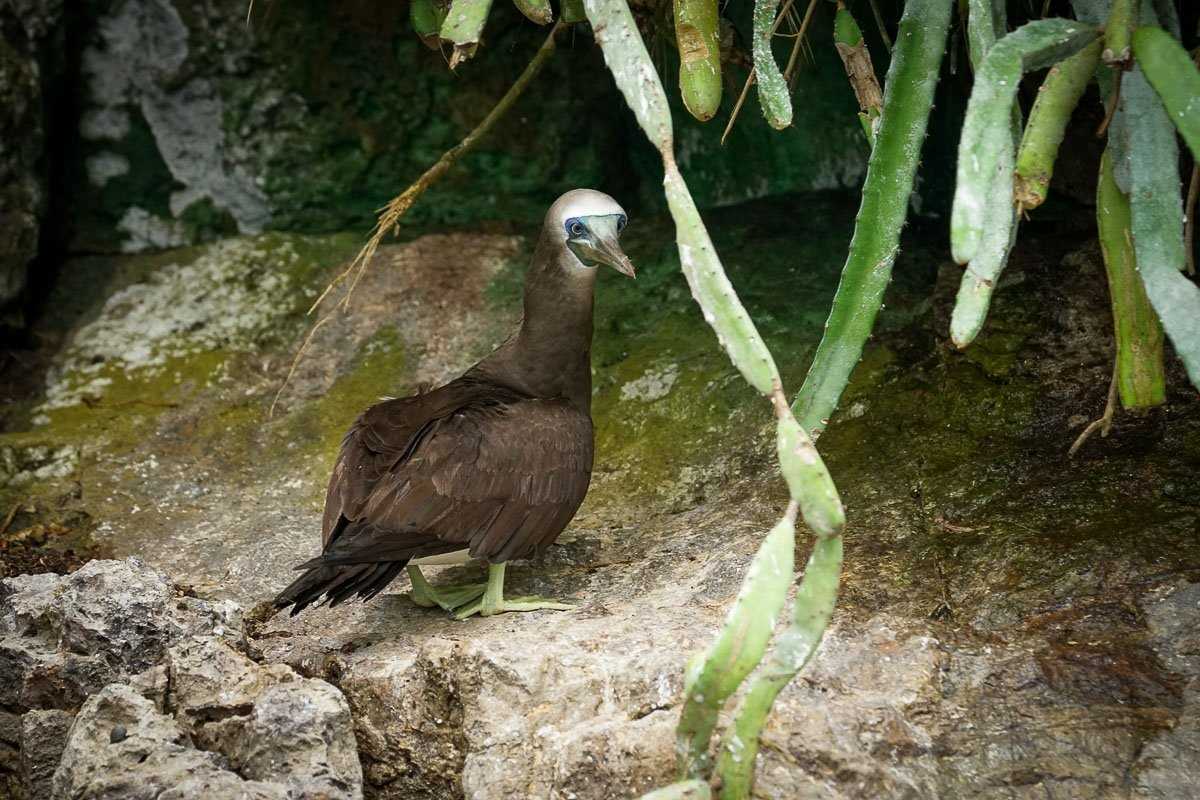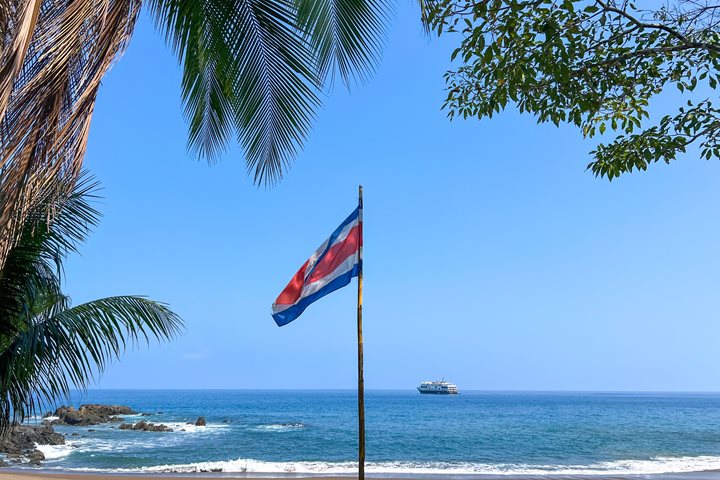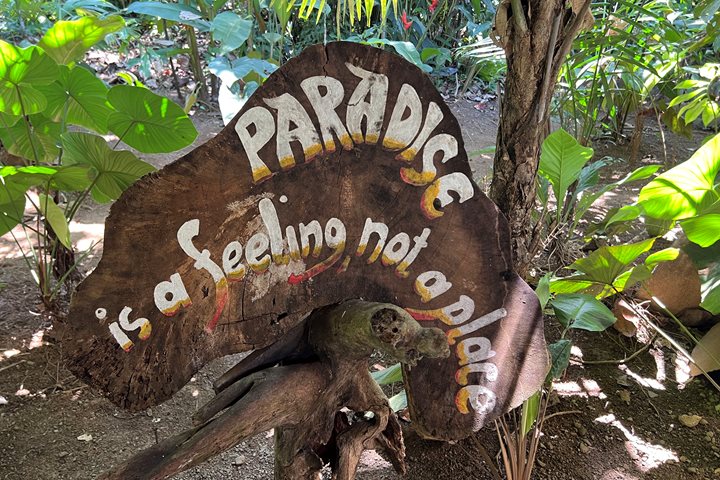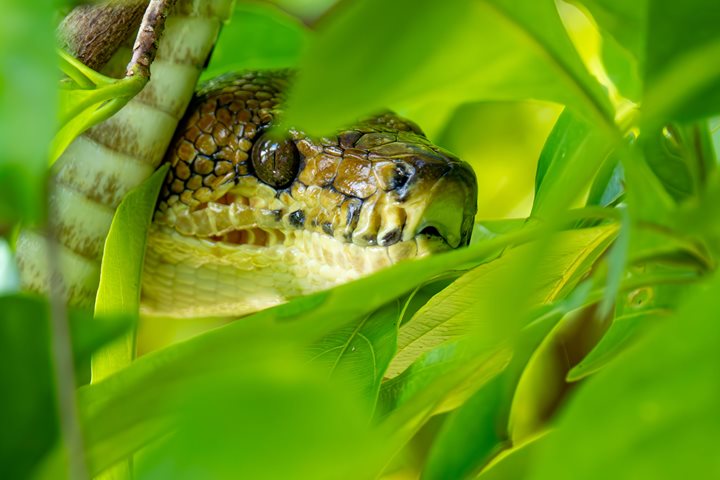After our longest navigation, 190 nautical miles from Coiba Island to Bona Island, we arrived to the Islands of the Bay of Panama in preparation for our Panama Canal Transit.
The same winds that kept us rocking all night are the winds responsible for the abundance of sea birds we came to see in Bona Island. The upwelling generated by the trade winds triggers a bloom of algae that will feed a long food chain that nurture these bird nesting colonies.
We saw magnificent frigate juveniles trying to figure out what to do. We also got a short glimpse into the courtship of these red-pouched “pirates” among the marine avifauna: bill clicking and offering branches for nest construction!
Brown and Blue-footed Boobies were also nesting and perching in the steep cliffs of the leeward side of Bona Island. Black and turkey vultures fluttered all around the island searching for dead chicks.
Eric, one of the most experienced Zodiac drivers, spotted a bird a top of a cliff. What we all thought to be another booby ended being a peregrine falcon, a migrant raptor famous for being the fastest bird on earth.
The “arroz con pollo” (a sort of paella style rice with chicken chunks) we had at lunch gave us energy to walk the narrow streets of Taboga town. Perhaps the oldest town in any Panamanian Island, Taboga is famous for being the departing port for Francisco Pizarro on its way to discover and claim to Spain what is today Peru. The church of this town has been serving the communit parish since 1524.
A strong but swift tropical shower gave a refreshing conclusion to our exploration of this secluded town.
Tonight will begin our transit of the Panama Canal to watch and learn about how the United became a super power by using science and innovation to make a better world.







